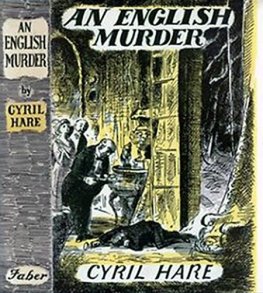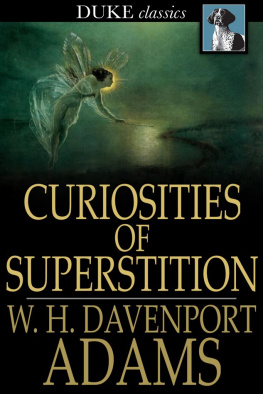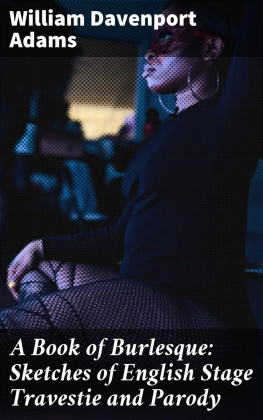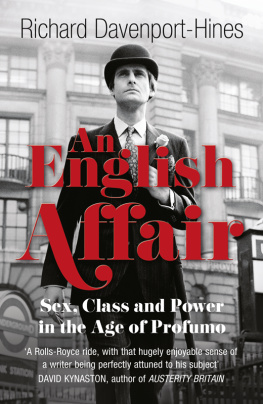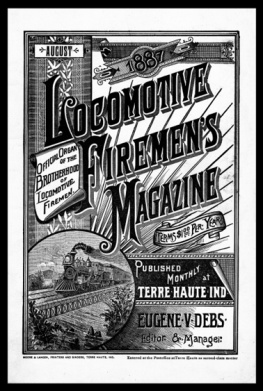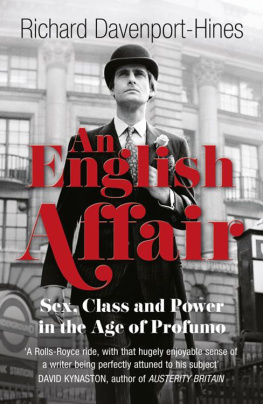CHAPTER I
Table of Contents
HENRY I.EDWARD VI.HENRY VII.HENRY VIII.KATHARINE OF ARRAGONANNE BOLEYNMARGARET TUDORMARY TUDORKATHARINE PARR
The rulers of England and of France have, ever since the introduction of printing into Europe, been great patrons of books, and moreover have by their individual tastes, both literary and artistic, largely influenced the styles of bookbinding prevalent during their reigns.
In England from the time of Henry VII. onwards, and in France from Louis XII., a noble series of royal bookbindings exists at the present time, and may be considered with justice to be typical of the best work done at the different periods. Although there are a few great binders who do not appear, as far as is at present known, to have worked for royalty, there is no doubt that most of the great masters of this most fascinating art were at some time or other privileged to work for the sovereign houses of their time, if indeed they were not actually royal binders.
Before printing was introduced into England in the fifteenth century by William Caxton, there is little or no record of any special collection of books made by any English sovereign. It is possible no such collection ever was made, but if it were, all trace and record of it is now lost. Rich medival bindings of a decorative character, such as are not uncommon in other countries, are unknown in England, and it is supposed that, for the sake of the valuable metal and gems which were commonly used on such bindings, they were destroyed under the early Tudor kings. At the same time, it seems unlikely that Henry VIII. or Edward VI. would have pulled to pieces any fine bindings, if they had already formed part of a royal library.
It is difficult in the case of antiquities, the full record of which is not forthcoming, to be sure of statements which may be made concerning them; but so many antiquaries and men of mark have already borne testimony at all events to the probable truth of the legend that the coronation book of Henry I. still exists, that I feel any record of English royal bookbindings would be imperfect, not only without mention of it, but even without a detailed description. I think, however, that without exception every other book I shall describe or mention has upon it, or in it, some absolute mark of royal ownership, but on the other hand they are all much later. Indeed, as far as I know, no book of the twelfth century has any mark of ownership upon it, although the makers name does rarely occur.
The book in question (Plate I.) is quite small, measuring 7 4 inches. It is a manuscript on vellum of lessons from the four gospels in Latin, written in the twelfth century; it also contains the whole of the Gospel of St. John except a small portion missing, and some other MSS. The binding is of thick wooden boards, covered probably with deer-skin. The lower cover has a sunk panel, and bears a crucified figure of our Lord cast in bronze, finely chased and formerly gilt. The corners are guarded with bossed pieces of brass, stamped with a device of a fleur-de-lis within a circle, and there is a clasp of leather and brass. The figure of our Lord appears distinctly old, but the rest of the metal work has not such evidence of antiquity, and it seems likely that it is much more recent. Inside the book are several manuscript notes by various owners, the most interesting of which is signed by John Ives, at Yarmouth, St. Lukes Day, 1772. He says this appears to be the original book on which our Kings and Queens took their coronation oaths before the Reformation. In Powells Repertoire of Records, 1631, at p. 123, he mentions a little booke with a crucifix as being preserved in the chest of the Kings Remembrancer at the Exchequer.
Mr. Thomas Martin of Palgrave, owner of the book in the beginning of the eighteenth century, at one time lent it to Mr. Thomas Madox, author of the History of the Exchequer, and his opinion was that it was the book formerly belonging to the Exchequer, mentioned by Powell, and which was used to take the coronation oath upon by all our kings and queens till Henry VIII.
It belonged afterwards to Mr. Thomas Astle, F.S.A., Keeper of the Records in the Tower of London, who died in 1803, and whose library was purchased by the Marquis of Buckingham and kept at Stowe in a beautiful Gothic room specially built for it. In June 1849 the library became the property of Lord Ashburnham, and from him it was purchased in 1883 by the Trustees of the British Museum, excepting the Irish MSS., which went to Dublin. This collection is now known as the Stowe Collection.
There is a drawing of this book by Mr. George Vertue, presented by him to the Society of Antiquaries and still preserved in their library.
From the time of Henry I. until that of Edward IV. there is no trace of any English royal bindings, and then only a small one. There is in the library of Westminster Abbey a loose leather binding impressed with a panel-stamp of the arms of Edward IV., crowned and supported by the two white lions of the Earls of March, and, moreover, at the top the two angels which are afterwards often found on the larger panel-stamps of a similar kind used in the time of Henry VIII. No other binding exists apparently that belonged to Edward IV., even if this one did, but in the wardrobe accounts of his reign are found several notices of binding. One reads, for binding, gilding, and dressing of books, but does not say what the material is. It was probably leather, calf or goat, as gilding on velvet does not seem to have then been thought of, although the material itself was certainly used, as in another place it is stated that velvet vj yerdes cremysy figured were delivered for the covering of the books of our lord the king; and indeed it is curious if the gilding was applied even to leather, as certainly no instances are known at so early a date of English origin.
Actual instances of the use of velvet for bookbinding occur first among the books of Henry VII. and Henry VIII., and the value, beauty, and wonderful durability of it are likely enough to have attracted the notice of royal and learned book lovers.
Henry VII. was the first of our kings whose literary tastes have left any mark on our existing collections. He acquired a magnificent series of volumes printed on vellum at Paris by Antoine Verard, a celebrated French printer, besides other valuable books. This collection is now at the British Museum almost complete, and it is rebound in velvet. It is likely that the original binding was also velvet, but record of it is lost. There is, however, one magnificent volume that fortunately was so splendid and in so fine a condition that the ruthless rebinder has spared it. This is a copy of the Indentures made between Henry VII. and John Islippe, Abbot of Westminster, for the foundation of the chantrey. It is written on vellum, and its counterpart is preserved in the Public Record Office.
It is covered in crimson velvet, edged with gold cord, and having tassels of crimson silk and gold, the velvet projecting broadly over the edges. On each side are centre and corner bosses of silver, gilt and enamelled. The centre bosses bear the royal coat-of-arms wrought in high relief, with the supporters used by the kingthe red dragon of his ancestor Cadwallader, and the white greyhound he used both by right of his wife through the Nevills and his own maternal ancestors the Earls of Somerset. The corner bosses bear the portcullis, the emblem of the castle of Beaufort in Anjou, the residence of Catherine Swinford, and where Henrys maternal grandfather was born. Each of these portcullises is borne upon a white and green ground, the livery colours of the Tudors, and it has been used as a royal badge from the time of Henry VII. until the present day.




